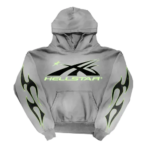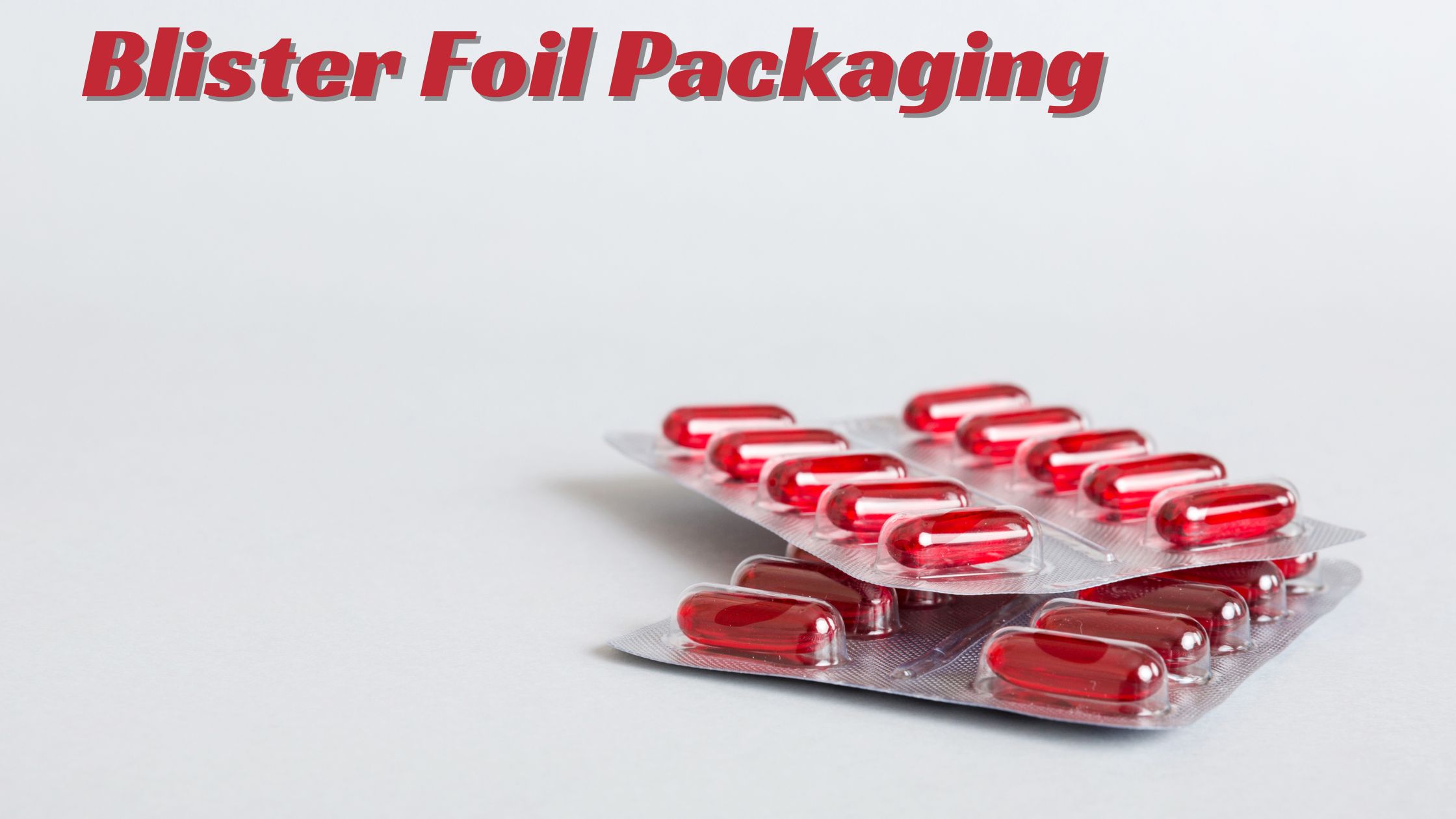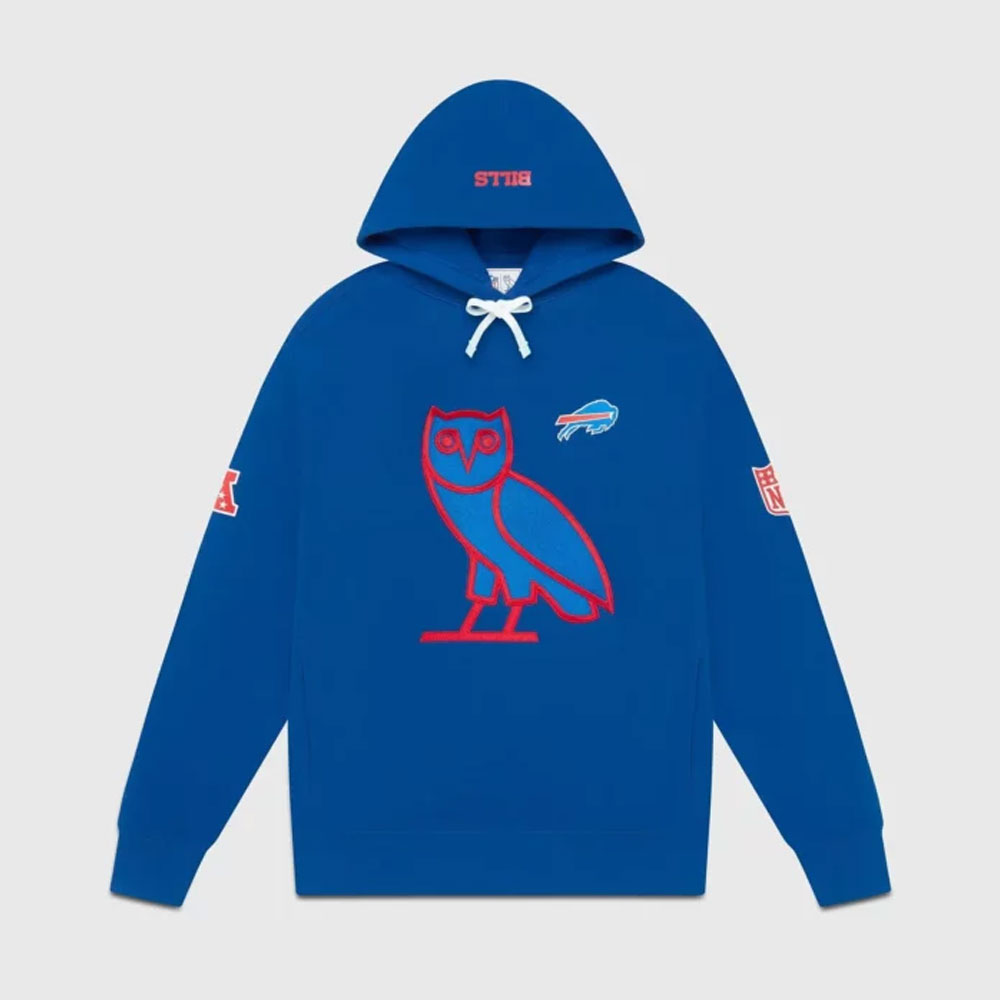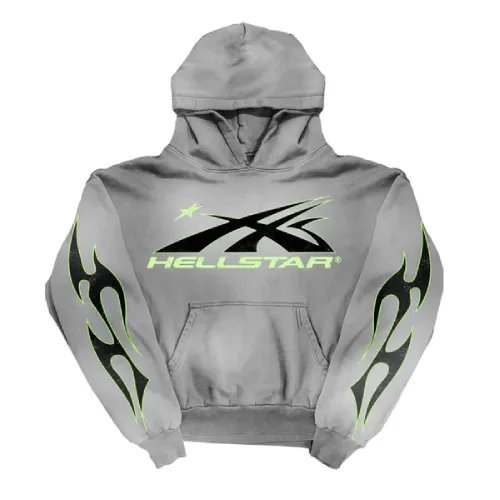Blister foil packaging stands as a stalwart guardian of products, ensuring their safety, security, and presentation. In a world where product integrity and consumer trust are paramount, blister foil packaging emerges as a cornerstone of modern packaging solutions.
Introduction to Blister Foil Packaging
Blister foil packaging refers to a type of packaging where products are enclosed in pre-formed plastic cavities and sealed with a layer of foil. This method provides a barrier against external elements such as moisture, light, and air, safeguarding the product’s quality and extending its shelf life.
History and Evolution of Blister Foil Packaging
The inception of blister foil packaging dates back several decades. Initially introduced in the pharmaceutical industry to dispense pills and capsules, blister packaging has evolved significantly over time. From simple single-dose packs to complex multi-compartment designs, blister foil packaging has adapted to meet the diverse needs of various industries.
Components of Blister Foil Packaging
Blister foil packaging comprises several key components, each playing a crucial role in its efficacy:
PVC Films
Polyvinyl chloride (PVC) films form the base of blister packaging, providing durability and flexibility to accommodate various product shapes and sizes.
PVDC Films
Polyvinylidene chloride (PVDC) films are often used as a barrier layer in blister packaging, offering excellent resistance to moisture and gases.
Aluminum Foils
Aluminum foils serve as the primary barrier against light, moisture, and oxygen, ensuring the integrity of the packaged product.
Advantages of Blister Foil Packaging
Blister foil packaging offers a multitude of benefits, making it a preferred choice for industries worldwide:
Protection from Moisture and Light
The impermeable nature of blister foil packaging shields products from moisture and light, preserving their quality and potency.
Extended Shelf Life
By creating a protective barrier, blister foil packaging extends the shelf life of products, reducing waste and enhancing consumer satisfaction.
Tamper-Proof Packaging
Blister packaging provides tamper-evident features, ensuring the integrity of the product and instilling trust among consumers.
Types of Blister Foil Packaging
Blister foil packaging comes in various configurations to meet specific requirements:
Push-Through Blister Foil
Designed for easy dispensing, push-through blister foil packaging allows consumers to access individual doses conveniently.
Child-Resistant Blister Foil
Child-resistant blister packaging incorporates safety features to prevent accidental ingestion by children, enhancing product safety.
Peelable Blister Foil
Peelable blister foil packaging enables effortless opening while maintaining product freshness and integrity.
Applications of Blister Foil Packaging
Blister foil packaging finds extensive use across diverse industries, including:
- Pharmaceutical Industry: Blister packaging is widely utilized for dispensing medications, ensuring accurate dosing and tamper resistance.
- Food and Beverage Industry: Blister packaging preserves the freshness and quality of perishable food items, enhancing their shelf appeal.
- Consumer Goods: From electronics to cosmetics, blister packaging enhances product visibility and protection, attracting consumer attention.
Manufacturing Process of Blister Foil Packaging
The manufacturing process of blister foil packaging involves several stages, including material selection, thermoforming, filling, and sealing. Advanced technologies and stringent quality controls ensure consistency and reliability in the production process.
Environmental Impact and Sustainability
While blister foil packaging offers unparalleled protection, its environmental impact remains a concern. Manufacturers are increasingly exploring eco-friendly alternatives and implementing sustainable practices to minimize waste and emissions.
Innovations and Future Trends in Blister Foil Packaging
The evolution of blister foil packaging continues with ongoing innovations such as biodegradable materials, smart packaging solutions, and improved barrier properties. Future trends focus on enhancing sustainability, efficiency, and user experience.
Importance of Quality Control in Blister Foil Packaging
Quality control measures are indispensable in blister foil packaging to maintain product integrity, compliance with regulatory standards, and customer satisfaction. Rigorous testing and inspection protocols ensure consistent quality and reliability.
Cost Considerations and Market Trends
While blister foil packaging offers numerous benefits, cost considerations play a significant role in its adoption. Manufacturers strive to balance quality, functionality, and affordability to meet market demands and remain competitive.
Regulatory Standards and Compliance
Compliance with regulatory standards is paramount in blister foil packaging, particularly in industries such as pharmaceuticals and food. Adherence to stringent regulations ensures product safety, efficacy, and consumer trust.
Challenges and Limitations of Blister Foil Packaging
Despite its widespread use, blister foil packaging faces challenges such as compatibility with certain products, risk of puncture or tear, and environmental concerns. Addressing these challenges requires innovation, collaboration, and continuous improvement.
Comparison with Other Packaging Solutions
Blister foil packaging offers unique advantages compared to other packaging solutions such as bottles, jars, and pouches. Its versatility, tamper resistance, and product visibility make it a preferred choice for various applications.
Conclusion
In conclusion, blister foil packaging represents a pinnacle of modern packaging technology, combining functionality, aesthetics, and sustainability. Its ability to protect, preserve, and present products underscores its significance across industries. As innovations continue to reshape the packaging landscape, blister foil packaging remains a steadfast ally in meeting the evolving needs of consumers and manufacturers alike.
FAQs (Frequently Asked Questions)
- What materials are commonly used in blister foil packaging? Blister foil packaging typically involves a combination of materials such as PVC films, PVDC films, and aluminum foils. These materials provide durability, barrier protection, and flexibility to accommodate various product requirements.
- How does blister foil packaging contribute to product safety? Blister foil packaging enhances product safety through its tamper-evident features and protective barrier against external elements. By sealing products in individual cavities, blister packaging reduces the risk of contamination, tampering, and counterfeiting.
- What industries benefit most from blister foil packaging? Several industries benefit significantly from blister foil packaging, including pharmaceuticals, food and beverage, electronics, cosmetics, and consumer goods. Its versatility, durability, and tamper resistance make it an ideal choice for a wide range of products.
- Are there any drawbacks to using blister foil packaging? While blister foil packaging offers numerous advantages, it also has some limitations. These may include compatibility issues with certain products, environmental concerns related to disposal, and higher production costs compared to alternative packaging solutions.
- What are some emerging trends in blister foil packaging design and technology? Emerging trends in blister foil packaging focus on sustainability, innovation, and user experience. Biodegradable materials, smart packaging technologies, and advanced printing techniques are revolutionizing the way blister packaging is designed, manufactured, and used.











